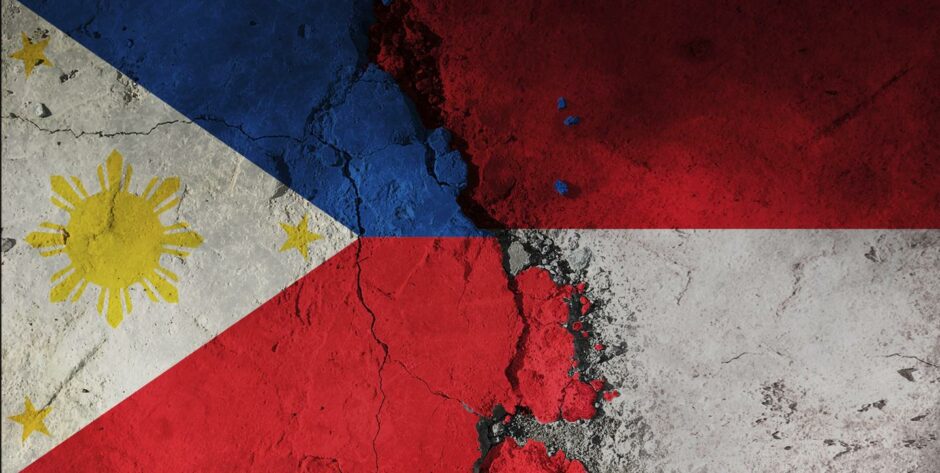
The Energy Transition Mechanism (ETM) Southeast Asia Partnership, which aims to accelerate the retirement of existing coal-fired power, is the first of its kind in Asia Pacific and aims to help fast-forward Southeast Asia’s clean energy transition.
“ETM is a transformative, blended-finance approach that seeks to retire existing coal-fired power plants on an accelerated schedule and replace them with clean power capacity. The mechanism will comprise two multibillion-dollar funds: one devoted to early retirement or repurposing of coal-fired power plants on an accelerated timeline, and the other focused on new clean energy investments in generation, storage, and grid upgrades. It is envisioned that multilateral banks, private institutional investors, philanthropic contributions, and long-term investors will provide capital for ETM,” the Asian Development Bank (ADB) said in a statement yesterday following a formal ceremony at COP26.
“ETM can usher in a transformation in the battle against climate change in Asia and the Pacific,” said Vice-Minister for International Affairs at the Ministry of Finance of Japan Masato Kanda. “Indonesia and the Philippines have the potential to be pioneers in the process of removing coal from our region’s energy mix, making a substantial contribution to the reduction of global greenhouse gas emissions, and shifting their economies to a low-carbon growth path,” added Kanda, after announcing Japan’s Ministry of Finance was committing a grant of $25 million to ETM, the first seed financing for the mechanism.
Under the partnership with Indonesia and the Philippines, ADB will work with government stakeholders to pilot ETM by jointly conducting a thorough feasibility study focusing on the optimal business model for each pilot country; bringing together concessional resources from donor governments and philanthropies, in close coordination with global climate change-focused funds; and leveraging large amounts of commercial capital to trigger a decisive shift toward decarbonisation.
Energy demand in Asia is set to double by 2030, and Southeast Asia is one of the regions continuing to build new coal-fired capacity. Some 67% of Indonesia’s electricity and 57% of the Philippines’ power generation comes from coal. Indonesia has committed to reducing emissions by 29% by 2030 and achieving net-zero emissions by 2060. The Government of the Philippines recently announced plans to place a moratorium on new coal-fired power plants.
ADB said it will support the national governments to establish enabling policies and business conditions to improve the program’s governance, carbon reduction, and just transition goals. During the two to three year pilot phase, ETM will raise the financial resources required to accelerate the retirement of five to seven coal plants in Indonesia and the Philippines, while facilitating investment in alternative clean energy options within these countries.
During the design of ETM, ADB and its partners will form an advisory group with nongovernment organisations and civil society groups to prioritise a just transition to clean energy. Technical assistance will be provided for reskilling and the livelihood development of affected workers and communities.
A full scale-up of ETM in Indonesia, the Philippines, and possibly Vietnam—aiming to retire 50% of the coal fleet, which is approximately 30 gigawatts, over the next 10 to 15 years—could cut 200 million tons of carbon dioxide emissions per year, the equivalent of taking 61 million cars off the road, claimed ADB. As it grows, ETM has the potential to become the largest carbon reduction program in the world, added the bank.
A pre-feasibility study has been completed and a full feasibility study is underway to finalise the financial structure of ETM, identify candidate coal plants for inclusion in the pilot program, and design just transition activities.
ADB is committed to achieving a prosperous, inclusive, resilient, and sustainable Asia and the Pacific, while sustaining its efforts to eradicate extreme poverty. Established in 1966, it is owned by 68 members—49 from the region.

